Drag performance has its roots in ancient ritual. In Greece’s Golden Age, Antigone and Medea were played by male actors in the annual theater contest that was part of the week-long ritual to celebrate Dionysus. Contemporary drag culture is ritualistic, but the ritual has a different form and a very different purpose. For many modern gay man like me, drag is a two-tiered ritual of empowerment and acceptance.
The first part of the ritual is personal. Each queen has her own process. Here is mine:
I sit at my mirror. Staring back is the face of the boy who was bullied and teased for being feminine and different. As a child, being called a girl was the worst possible insult. I tried to fit in, butch it up, play a sport. The result? More taunting: “Sissy!” “You throw like a girl!” “Fag!” Eventually, I protected myself by squashing my nature, muting any flamboyance, conforming to a limited sense of masculinity. I hid under drab clothes. Awkward. Self-conscious. Afraid of myself.
But now, in front of this mirror, I transcend.
The transformation ritual involves applying foundation, eye shadow, rouge, lipstick, and so on. As I watch in the mirror, the man slowly disappears as each stroke and lash is carefully applied. To an observer, it would appear that I am hiding once more, creating a mask to fool the outside world. In fact, the opposite is true. As I work, the hidden self is exposed and made prominent. I create beauty where I once saw imperfection. The woman that I eventually see in the mirror is powerful, confident, a warrior. She is impervious to criticism. She cannot be harmed. She is the antidote to the bullies of my youth.
The personal ritual continues as I dress. Padding accentuates curves. Heels and a high wig make me bigger, better, super-human. Bright colors and sequins make me impossible to ignore. I no longer want to hide. I want to be noticed.
The application of finger nails ends this part of the transformation. Long and talon-like, the nails make me feminine and feline, ready to pounce, purr, or stride to my performance.
The hidden part of myself has lain dormant. When finally revealed through this ritual, I am bolder, louder, wittier, and more confident. RuPaul, the mother of modern drag culture, says “What other people think of me is none of my business.” At this moment, nothing could be truer. I am impervious to taunting, teasing, or any other attempt to make me feel that I am “lesser than.” I was once taught to hate myself because I was different. This ritual allows me to accept myself unconditionally, particularly that part of myself for which I once felt shame. Today I am living another mantra from RuPaul: “If you can't love yourself, how in the hell you gonna love somebody else?”
___
"The LGBTQ+ community has been excluded from many modern rituals. We were denied dating rituals in our teen years. We did not go to the prom. And so we developed our own rituals out of necessity."
___
The second tier of the ritual is public.
The setting takes different forms: a tiny stage in a smoky gay bar, a float in a gay pride parade, a school auditorium at an AIDS fundraiser. No matter where it is, my connection to the crowd is what makes this part of the ritual meaningful.







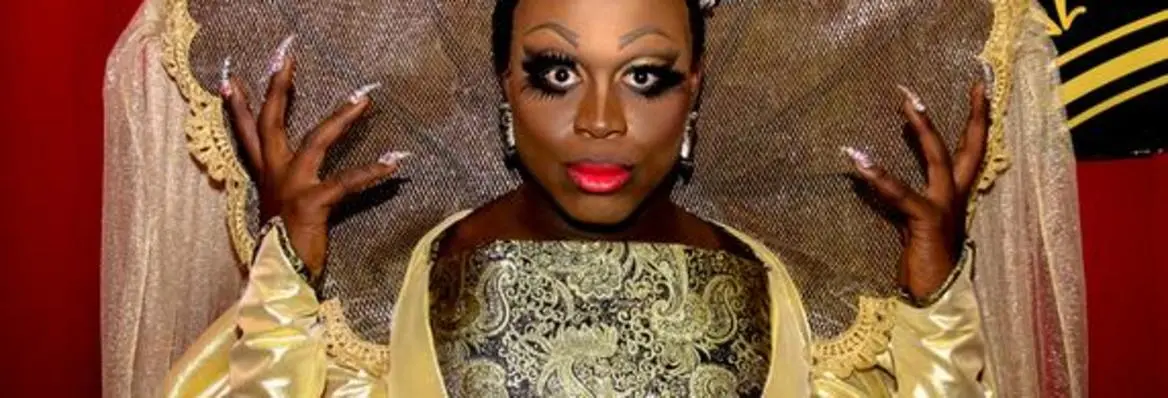




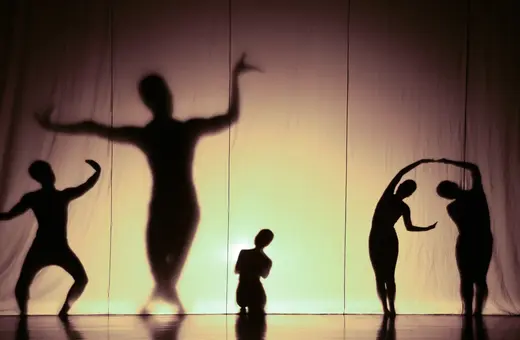
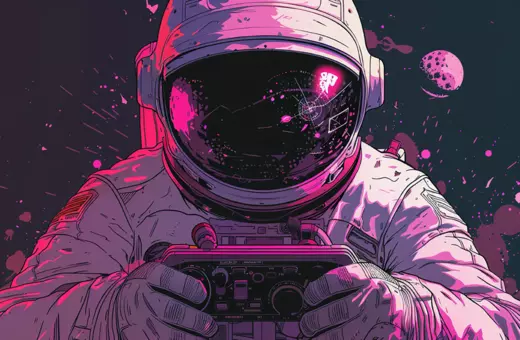
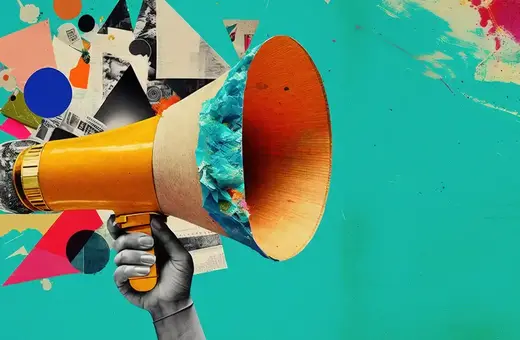
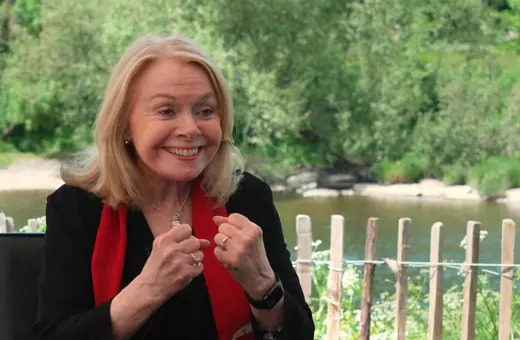



Join the conversation